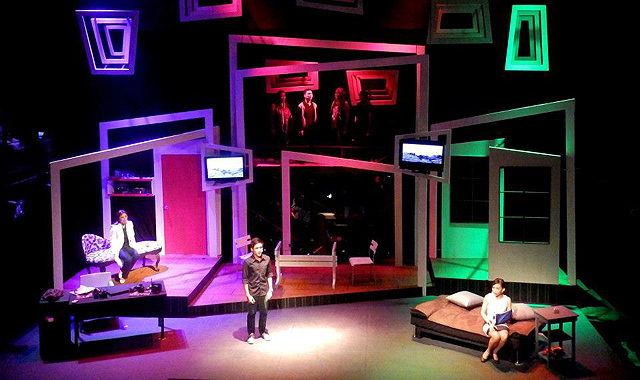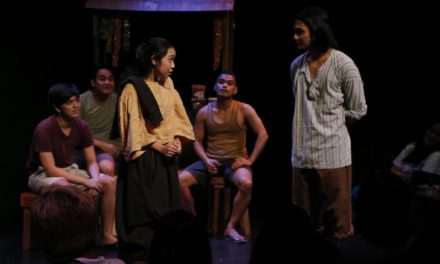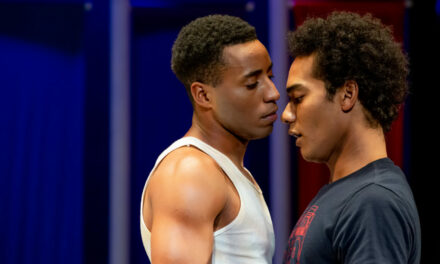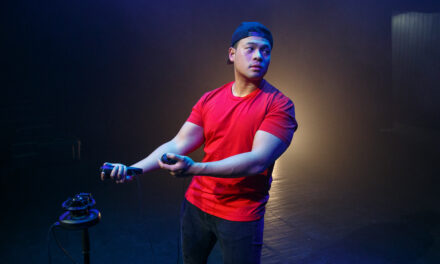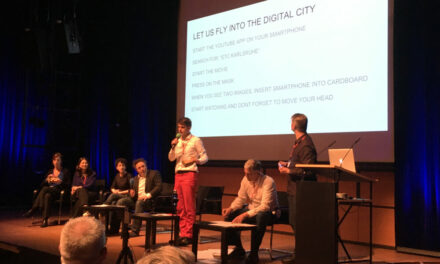Ina Abuan started off like any other big fan of Sugarfree, but when she was invited to co-author a musical based on their songs, she jumped at the chance. The end product is Sa Wakas, proving so popular that it had another run earlier this year.
Ina is a Literature professor. Her writing genre is actually poetry. She used to write in English, but for a long while, wrote poetry in Filipino. With no background in theatre save for some scene and dialogue writing from a Drama class during her MA years, she was surprised at just how many people and how big of a collaboration staging a musical entailed. The biggest obstacle she faced during the process of writing was the fear of expectations, especially from the writers who knew of her previous work. Over the course of several months, Ina and her co-writer Andrei Pamintuan would meet up after work and would hammer out the lines and scenarios, editing as they moved along.
The albums Sa Wakas and Dramachine were burned into her brain to the point where she did not even need to listen to them closely to identify which songs and which lines would work for what scene. It was a fun excuse, however, to dredge up the songs that revived old memories.
Choosing the songs, for her, was the easiest part. This was what she refers to as her college soundtrack. The process, she described, was like going through the songs describing her teenage self. It was a fun excuse, however, to dredge up the songs that revived old memories. Ebe Dancel, Sugarfree’s then-lead singer, would sit in during rehearsals whenever he could. The opportunity to work alongside the man who penned the lyrics she lived through made her work that much more nerve-wracking and exciting. She remembers how she used to go to their gigs, how she never got the nerve up to have a conversation with him, the first time they finally spoke to each other years after as collaborators during the production process, the times she would sneak stolen shots of him using her phone camera, when they became Facebook friends. She recalls how in one scene, they were supposed to cut to a video of him participating in a Skype chat to the song Dear Kuya. He bowed out, and suggested including new material instead, writing Bawat Daan specifically for the play.
Sa Wakas showcases the lives of Topper and Gabbi and Lexi, and the dissolution of a long-term relationship. The musical became such a hit, and she assumes it is because viewers, whether Sugarfree fans or not, were curious as to how the songs lent their weight in the unfolding of the story. This is not just any old love triangle where one serves as the irredeemable third party. It was staged where events are non-linear, beginning at the ending, a break-up, the hows and whys gradually unfolding. Ina was at every showing of the musical during its first run in 2013. She described the feeling of watching the staged production as similar to having a love letter she had written to her favourite band invite everyone else touched by their music to resonate with it. The excitement and pride were there, but the fear was always there, too. She questioned, does the story provide more than just entertainment? Does it move people? Does it cause them to process and think about it long after the curtains close?
Ina recalls instances where after the show, she would be at a nearby cafe and overhear groups of people unknowingly discuss and examine the play and the nuances of human relationships within the writer’s earshot. She knows it’s hard to avoid having people think it is art imitating life, how they assume Ina is A, so-and-so is B, and therefore whatshisname is definitely C. She knows the situation may seem so familiar that viewers who know her personally cannot help but read into the text, and she allows their interpretations and misinterpretations as all valid, but she also maintains that by turning a story of life into art, the whole situation is elevated.
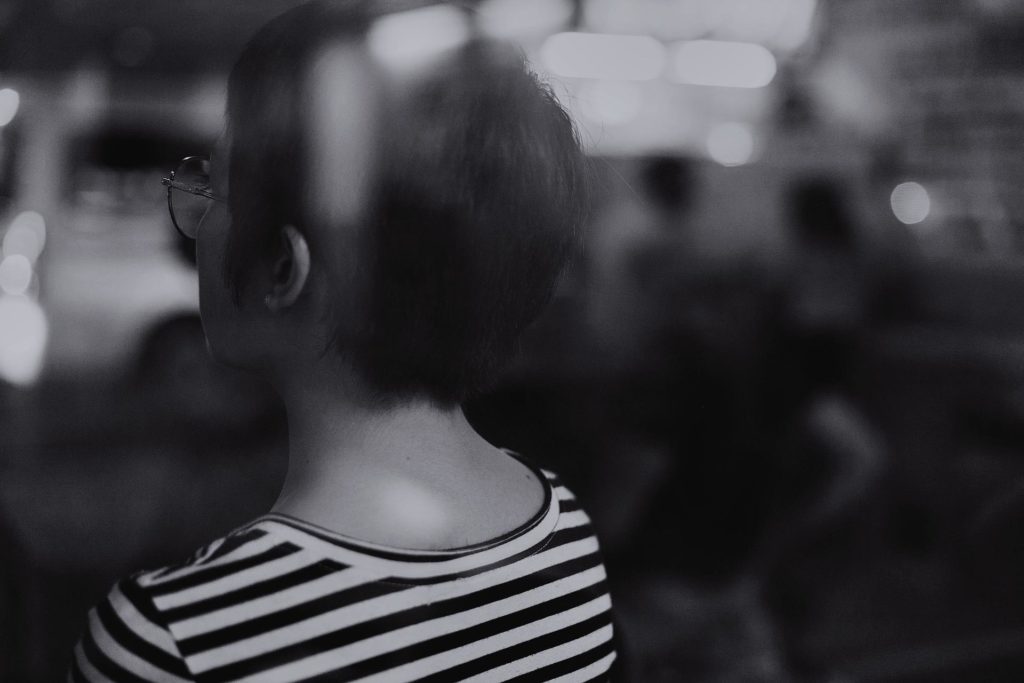
Photography – M Espeña
She knows the situation may seem so familiar that viewers who know her personally cannot help but read into the text, and she allows their interpretations and misinterpretations as all valid, but she also maintains that by turning a story of life into art, the whole situation is elevated.
The excitement and frenzy that was Sa Wakas when it first opened in 2013 is something Ina can easily call to mind. Four years later, she is faced with the realization that the musical and its ways of being staged can move on apart from her, even reviving and reinventing itself without her. She muses she is okay with how her work- an organism alive and separate from her- can change and grow and be interpreted in many different ways. She accepts that art is like that, after all. She is now, however, wary of the business side of writing and producing for theatre. When asked if she thinks she would ever co-create another musical or play, she is open to doing so, depending on what project it is and how it fits with her sensibilities. Once upon an almost, it could even have been a play based on the music of the Eraserheads. But that’s another story.
Ina is still teaching, and she’s on her way to earning her PhD. She hopes to write a collection of poetry, unsure if it will be in Filipino or English, but hopeful that whatever she comes up with, it is reflective of her new outlook in art and life. She still believes that drama and complexity can be put up on stage, but after years of studying, writing, teaching, living in and for the arts, she has decided she wants to go through life as though it is a poem, meaningful and alive, but now approached with care and restraint.
This article first appeared on Murphy Report and has been reposted with permission.
This post was written by the author in their personal capacity.The opinions expressed in this article are the author’s own and do not reflect the view of The Theatre Times, their staff or collaborators.
This post was written by Jenette Vizcocho.
The views expressed here belong to the author and do not necessarily reflect our views and opinions.

